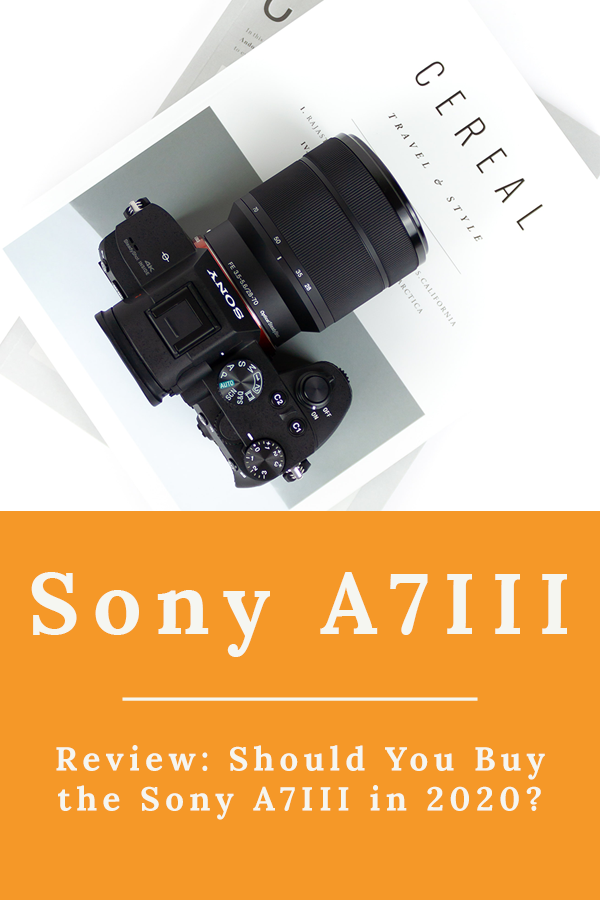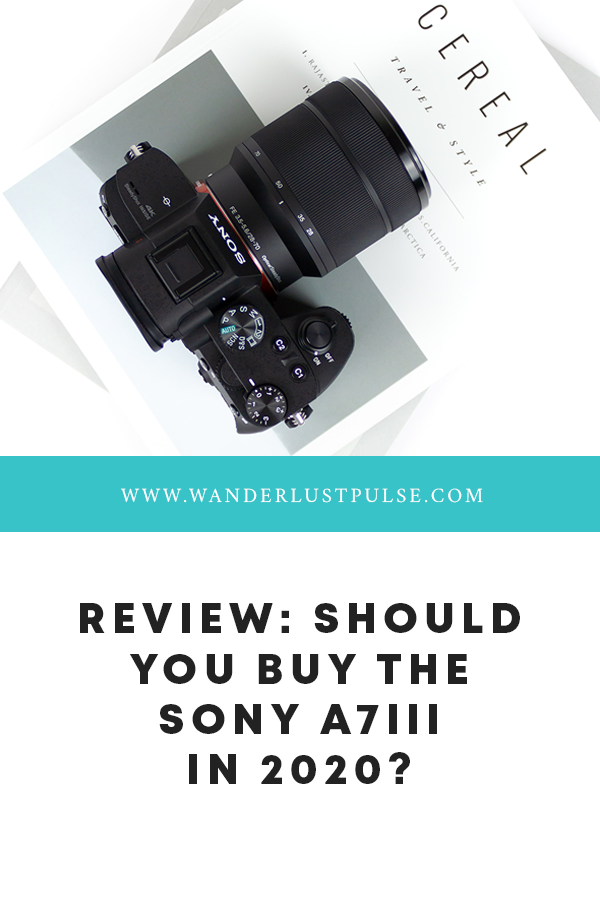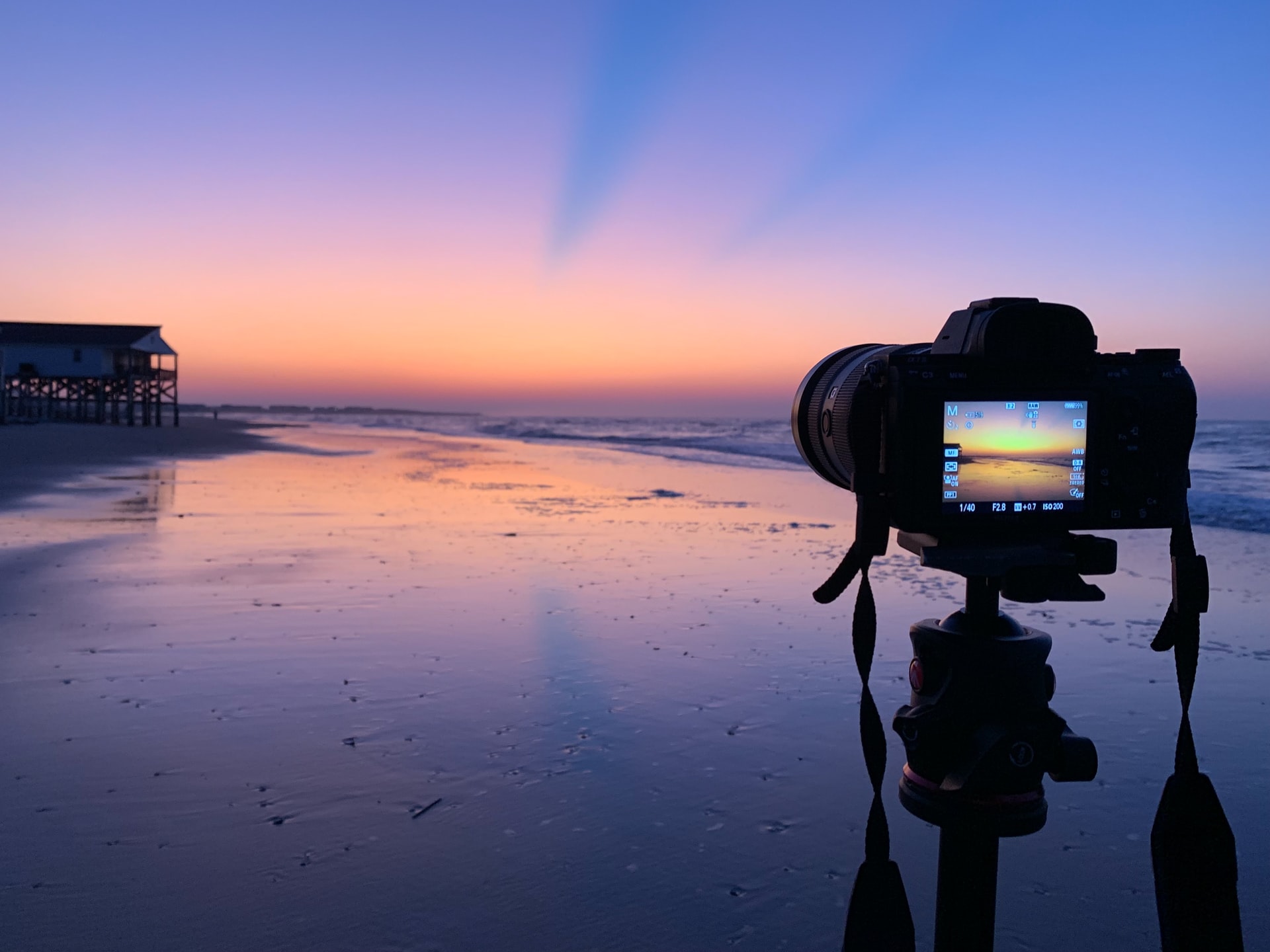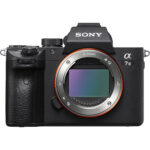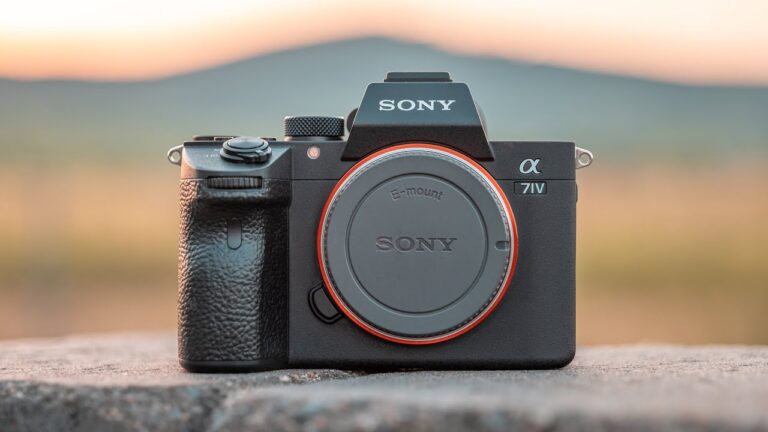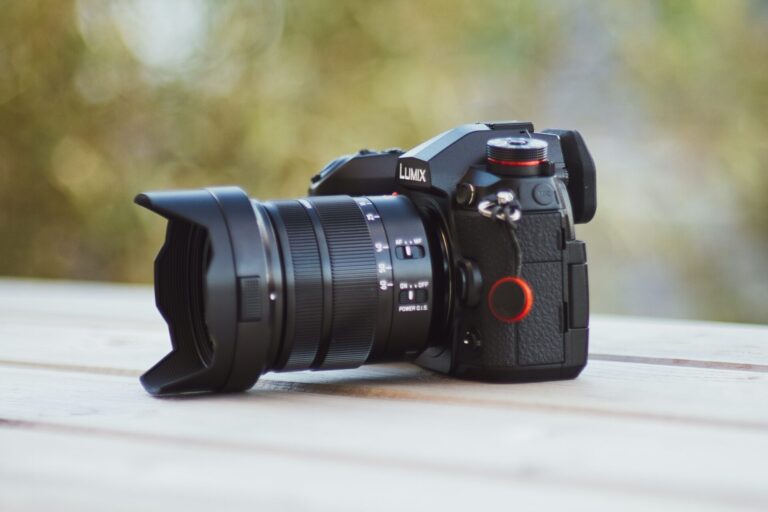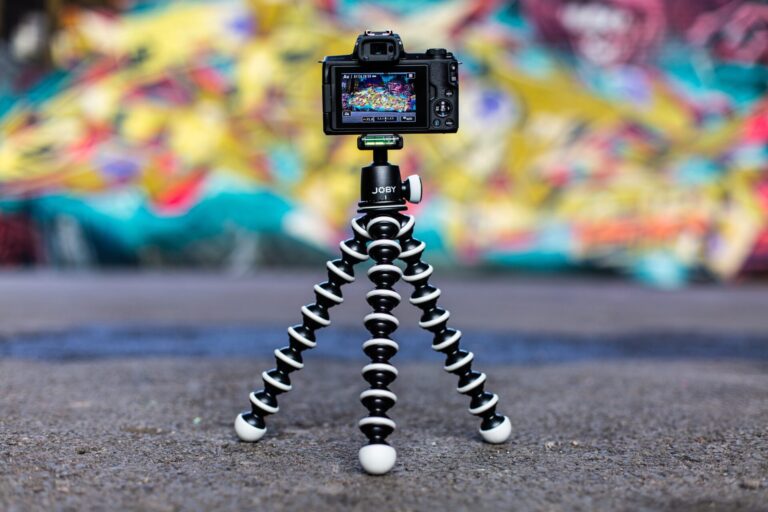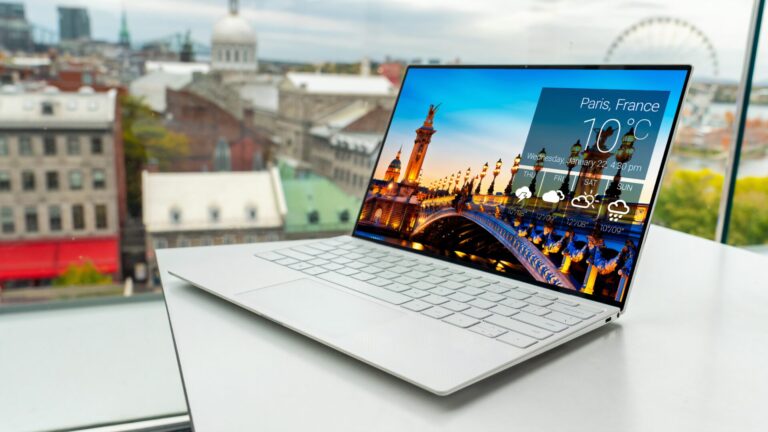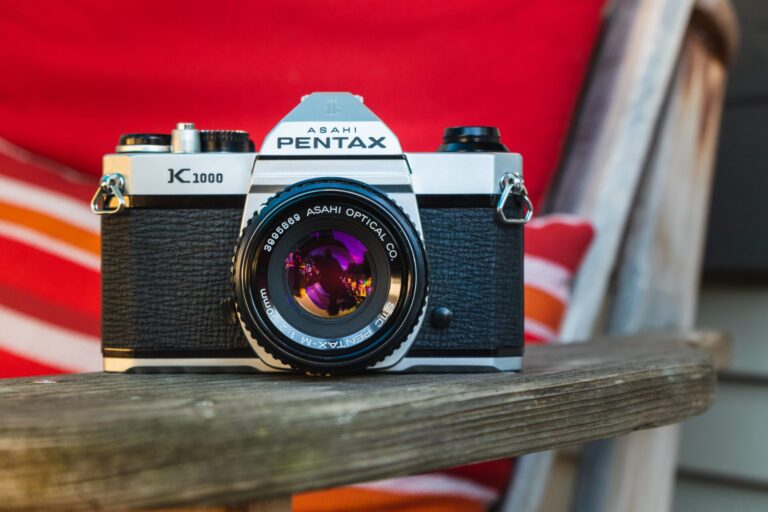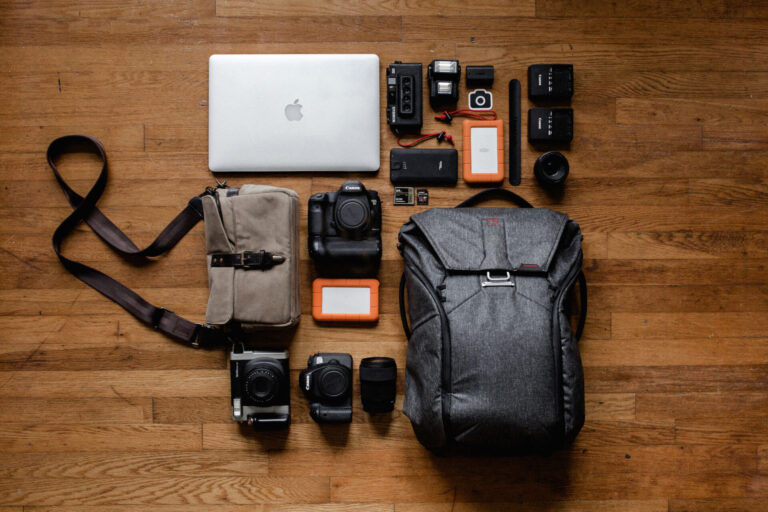Review: Should You Buy the Sony A7III in 2024?
The Sony A7III is the third entry into Sony’s popular A7 line of mirrorless generalist cameras. The A7 line launched in 2013, with the A7III coming out in 2018. The line was heralded as a camera that was going to show that mirrorless cameras could really replace DSLRs.
I’ve been using the A7III since it launched, and with the release of the Sony A7IV hobbyists around the world are starting to wonder if the A7III is still a good camera or if it’s a model that should be left in the past. Considering how long I’ve been using it, I have some opinions. Should you really buy the Sony A7III in 2024?
Page Contents
Unique Features of the Sony A7III
Perhaps the most important unique feature of the A7III is that it has downright incredible focus and autofocus coverage. In technical terms it has over 4 times the ‘focus points’ of the comparable Nikon D850. In practical terms it means that it’s hard to miss a shot with the A7III, because as long as the subject is somewhat in frame, the camera will find and focus on it.
The second unique feature of the Sony A7III is that it has powerful 5-point image stabilization built into the camera. This means that no matter what lens you toss onto the A7III it’s going to have access to that image stabilization, unlike many cameras that need to rely on the lens having it.
Both of these features really shine during ‘imperfect’ photography. If you’re out on the street and snapping pictures, image stabilization and powerful focus are critical to bringing home useable photos, but the features don’t really affect studio shooting.
Sony A7III Video
The Sony A7III has some impressive stats when it comes to shooting video. It shoots in 4K full frame video*, which is truly impressive. The image stabilization really shines during video shooting as well, and does a good (but not quite perfect) job of absorbing footsteps and general human shakiness. Video that you take with the A7III is going to be clear, stable and high quality.
Full disclosure, the A7III isn’t going to replace a professional’s video setup. It’s premium at the $2000.00 price point and is fantastic for hobbyists, but it is does fall short on some options like frame rate settings that professionals will notice.
* Full frame video means that the camera is able to take advantage of its entire field of view while taking video. This is critical because it allows you to fit more into the frame while being closer to the subject, which lets you take crystal clear high quality video.




The Sony A7 vs the A7S and A7R
There are technically 3 items in the Sony A7III line, and this article has been mostly speaking about the classic A7III in 2024. The A7SIII and A7RIII are two different specialized versions of the camera, with the A7SIII covering some of the video issues that I talked about above, and the A7RIII having a higher megapixel processor.
Without getting into the technical details, the A7SIII is a great choice if you’re planning to shoot a lot of video and take advantage of that feature. It’s also had some design changes that made the buttons beefier and gave the camera a larger grip. I personally like the style of the classic A7III, but it’s worth holding them both to see if you fall in love with one.
The A7RIII has a higher megapixel count, in fact, it’s almost double what the classic A7III has, but that doesn’t mean that it’s automatically better for you. The megapixel difference only really starts to show up in larger prints – around 20×30 – and it’s not that noticeable until we’re looking at prints of 30×45. If you’re planning on hanging some of your shots on the wall, the A7RIII will be worth it, but if you’re just looking to digitally store your memories, you can stick with the classic A7III for 2024.
The Sony A7III vs the Sony A7IV
As of December 2021, the A7III is getting replaced with the Sony A7IV, which means there is another camera with the same compact style and power, but with a lot of added features.
Generally, the A7IV is a big jump from the A7III, it has everything we mentioned here and more, but it is worth keeping the price tag in mind. You’ll be spending a lot more on the A7IV, and whether that’s worth it or not is up to you. If you’re on the fence, you can check out our full review of the Sony A7IV.
Travel Photography with the Sony A7III
If you’re looking to take a camera with you on your next vacation, then it’s still great to pick up a Sony A7III in 2024. Both of its main features I mentioned above (the focus points and image stabilization) are almost custom made for travel photography. It’s a forgiving camera; it’s going to pull off shots that other cameras would leave out of focus or shaky, and that’s invaluable on the road.
Putting a midrange lens like the Sony FE 55mm F1.8 ZA onto the A7III is a fantastic street photography experience as it’s a lightweight package that acts as a good ‘generalist’ setup. If you’re looking to take some landscape shots during your travel, then you might want to look into a lens like the Sony Zeiss 16-35 for a better wide-angle experience.
Finally, one of the best things about the Sony A7III for travel is that it has robust battery life, with an estimated 710 shots per charge. In my experience this holds true, with the camera taking well over 600 photos before running out of juice, and I’m not always perfect about turning the camera off between shots. This long battery life means that the Sony A7III is going to be a safe choice even if you’re planning on being out for the full day.
City Photography
Similarly, to travel photography, the Sony A7III’s image stabilization and incredible focus points mean that taking shots on the move is never an issue, which is always an asset in city settings. Overall, the camera itself preforms very well, has good battery life and is going to do most of what you need it to do in a city setting.
The other nice thing about the Sony A7III when it comes to shooting in the city is that the camera surprisingly small for a full frame camera. When you’re already pulling around photography equipment or backup lenses the size difference is negligible, but if you’re planning to use the Sony A7III as a ‘grab and go’ camera for street photography, it’s size is a saving grace. Even a couple of years after it’s release the small size means the Sony A7III is great in 2024.
The only disadvantage I found with the A7III is that it has an extremely distinctive and loud shutter sound. It’s not a huge issue, but it might turn some heads on the street. The real issue is that the ‘silent shutter’ mode on the camera is almost unusable because it leads to artifacting and lighting issues. A silent shutter mode is a great option, but if it ruins picture quality, I’d prefer the feature not even be there.
Landscape Photography
The Sony A7III is a good generalist camera, which means that with the proper lenses it works quite well as a landscape camera, and with some clever shutter speed and aperture settings it can even be used for some stunning night photography.
That said, many of the A7III’s unique features aren’t relevant during landscape photography. Image stabilization and focus points don’t mean much when a camera is on a tri-pod and your using manual focus. It’s not that the A7III is bad at landscape photography, it’s just that it’s just a good landscape camera, as opposed to a great travel or street photography camera.
As long as you have a good (Sony compatible) lens, the A7III is good for landscape photography. If you’re considering buying the A7III and plan to do nothing but landscapes, just keep in mind it’s not this camera’s biggest strength.
Lenses to Travel With
City Vacation: Sony Sonnar FE 55mm F1.8 ZA
If you’re taking a trip to London, Rome, or anywhere where midrange lenses shine, the FE 55mm F1.8 ZA lens is going to be one of your best bets. It’s a great midrange lens that’s lightweight and adaptive to pretty much anything you need during a day of city travel. An overall great choice for ensuring the best pictures of your big city vacation.
Wilderness Vacation: Sony Zeiss 16-35 f/4
If you’re headed ‘out there’ and need something a little more robust to take wide landscape shots, the Zeiss a fantastic option. It’s one of the oldest wide-angle lenses on the Sony e-mount system, but that doesn’t mean it’s been outclassed over time. The lens is like a cast iron pan, it’s not new, but it’s the best thing in the kitchen.
Are you still looking for other alternatives? We tested many different Sony lenses, rated their performance, and reviewed their quality to help you pick the right lens so you can create a unique photograph during your next trip.
In Summary
If you’ve seen other reviews of the Sony A7III you don’t need me to tell you that it’s a good camera, but the real key is that it holds up. The Sony A7III is a couple of years old now as is still one of the best options on the market for travel photography, which is pretty darn impressive.
Overall, if you’re already invested in the Sony lens portfolio, or if you don’t have a collection that will be obsolete on for the A7III, I’d highly recommend you pick one up.
Pros
- Great Automatic Settings for Easy Photography
- Extremely Adaptable to Different Photography Types
- Colour is High Quality
- Compact and Easy to Carry
- Fantastic Out-of-the-box Battery Life
Cons
- Sony Lenses Only: Which makes it hard to invest in the ecosystem
- Very loud shutter
- Poor silent shutter setting
New to photography?
If you are new at photography, you want to look into these free guides.
- Understand exposure and how it influences your pictures.
- How to compose and create unique pictures.
- How to drastically improve your photos by editing them in Lightroom.
- Bonus: a list of 5 simple apps to help you planning landscapes, time-lapses, and sunrises.
Save for later …
